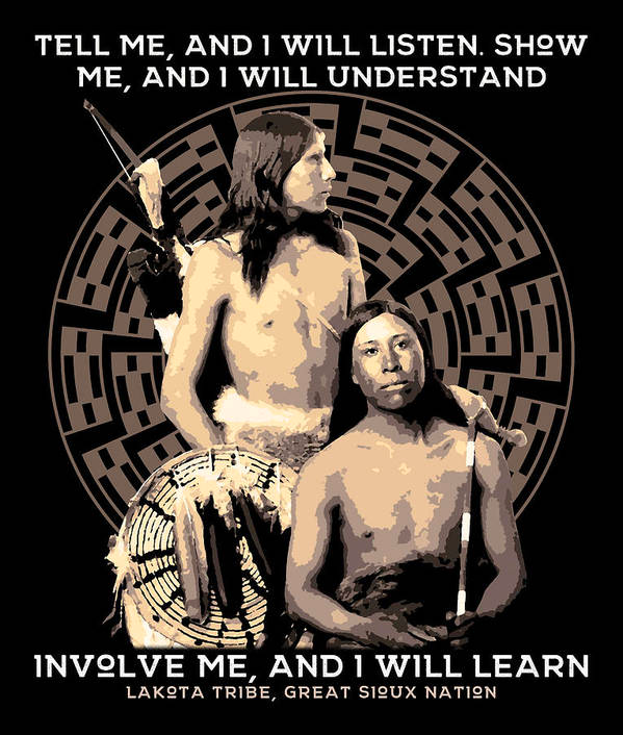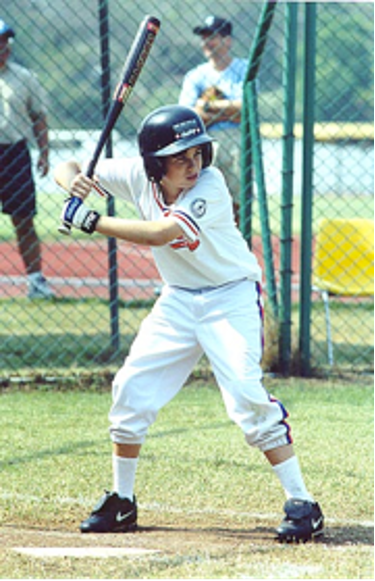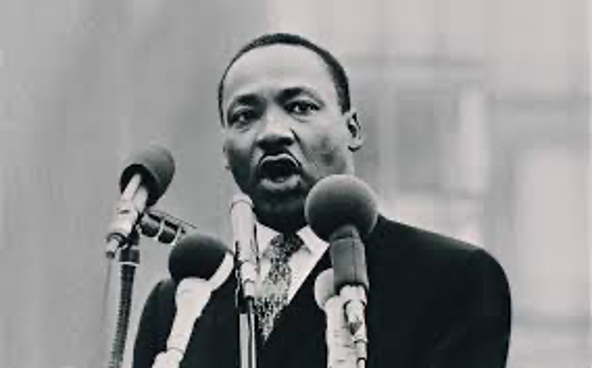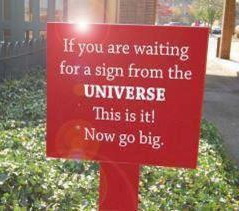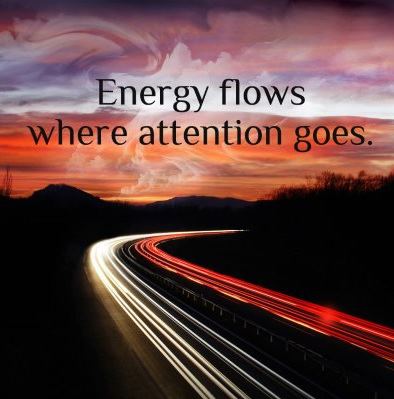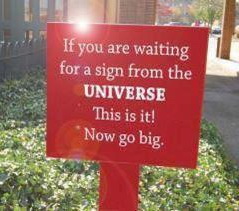 Musings
Musings  No Comments
No Comments Get it in Writing
I was standing in the middle of 100+ angry men. They were angry at me. My safety was at risk. My courage was severely tested.
Days before all these men had all been my employees earning a local ‘above average wage’ for the assigned work. Also they enjoyed numerous benefits not usually accorded workers in this community. They had been relatively content with their jobs, my company, and me as their boss. Nevertheless, today, they were angry and resentful and menacing.
The situation was that I was advising them that I did not have the cash for their expected severance pay.
All of these workers were hired on a one-year fixed-term contract that coincided with the contract that my company had with the US government. This term contract required no severance pay and was fully understood by all employees at ‘job acceptance’.
Three months before the US government asked my company to extend the work contract for three additional months as negotiations to award a subsequent contract had not been completed. The government agreed to cover any additional incurred costs. Given this assurance via handshake I agreed. The government was grateful as my company was providing a vital community service. In agreeing I also hoped to extend the current goodwill and be awarded a new contract.
Not to happen. The new work contract had finally been assigned to another contractor. All my workers filed for severance pay as their fixed-term contract had been extended beyond the initial one-year period. When I advised the US government of the local legal requirement to pay some severance due to the extension their reply was basically ‘rots of ruck!” The extension of the contract did not specifically state that severance pay would be reimbursed and so the procurement division officers who had agreed to any additional costs ‘ran and hid’.
The workers were angry – even though they had all been hired by the new contractor and would not miss one day’s work or wages.
Facing the 100+ men I thanked them for their service, advised that I would do all I could to pay severance – deserved or not.
I told them that I would put $20,000 in cash and sign the titles of the working vehicles to them to sell and distribute all the proceeds to the workers appropriately. The vehicles had re-sale values of more than $120,000 and exceeded the amount due the workers for any relevant severance. These trucks and equipment could be immediately sold to the new contractor as they would be needed to properly serve the work contract requirements.
The new contractor refused to buy them from me as he was still angry that I had won the contract from him 15 months before. Revenge is a poor business practice –yet one too often practiced in this developing third-world country. His winning bid for the new contract was, by my calculations, not profitable – rather designed to win back the contract regardless of costs. It did and with the US government officers hiding I was left holding a very expensive severance liability.
Despite angry shouts and shaking fists no one took any physical actions against me. With genuine humility and forced boldness I exited the circle and left in my car. My boldness was replaced with sweaty relief and some shaking as I drove back to my office.
What did I learn?:
1. Fairness and expectations are defined by one’s perceived benefit. The workers and mine differed greatly.
2. Agreements for payments or reimbursements must be written and signed by persons having legal authority and ability to do so. This is a ‘no brainer’, except when one’s brain in not working.
3. Work to correct, erase, or amend any discords with local businesses or persons for real or perceived affronts. Even competitors can be a source of support during difficult times if relationships are cordial. Business enemies are cancerous.
4. Humility, honesty, and boldness are important virtues to practice and be communicated in times of challenge – especially physical ones.

